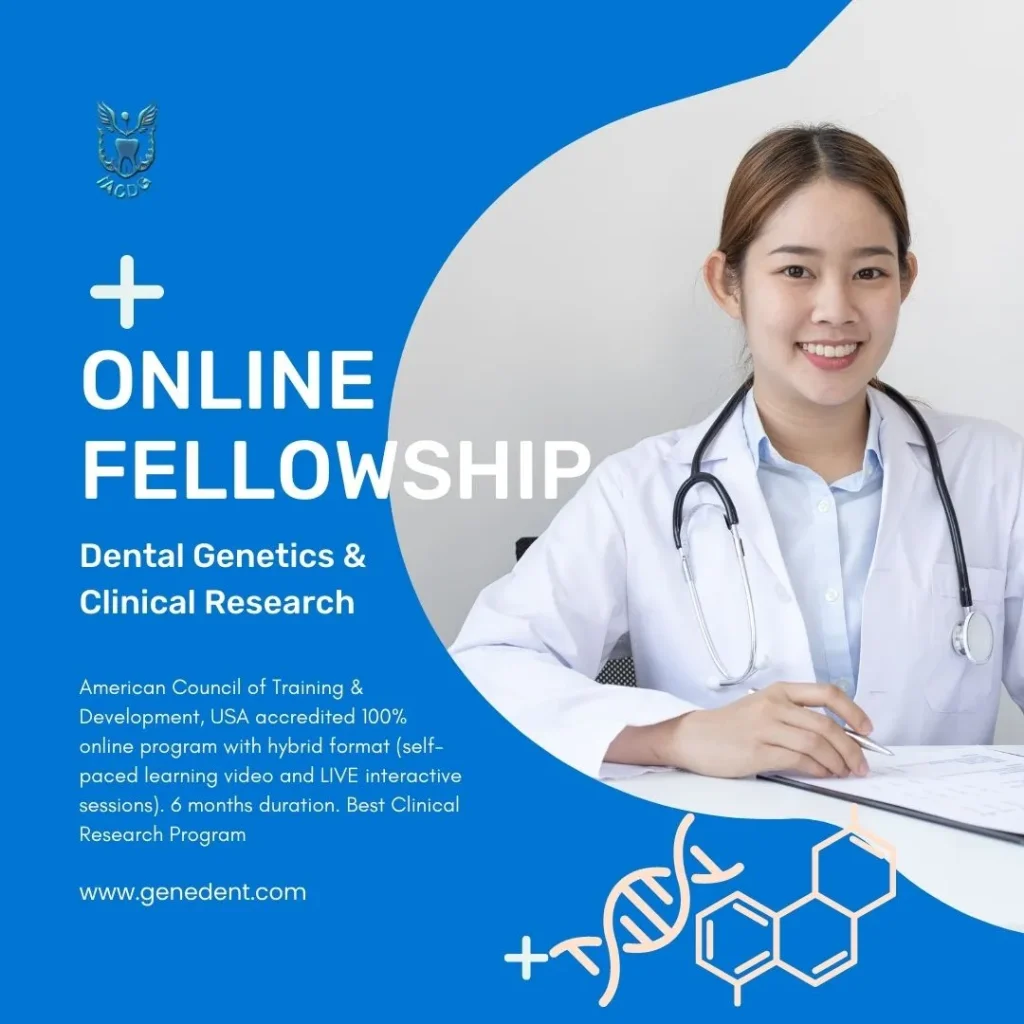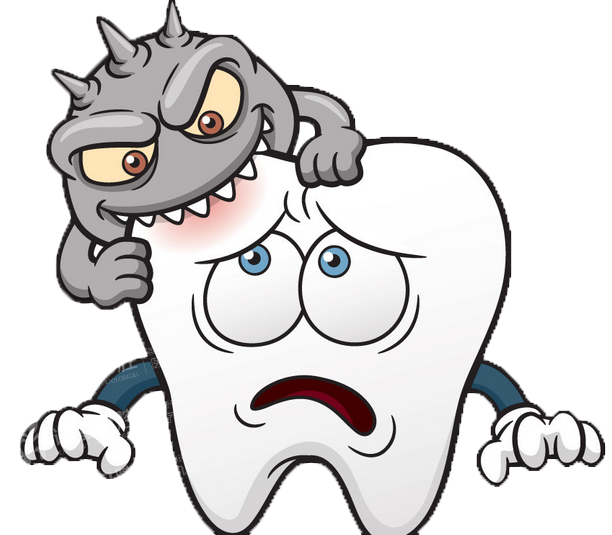What an irony! The hardest tissue of the human body, tooth enamel, can be eaten up by tiny creatures invisible to the naked eye! Yes, they are oral bacteria! Can you imagine how powerful they are?
Most of you might have experienced that sudden tingling tooth pain which gave you sleepless nights. Isn’t it? The first alert your tooth sends to your brain is when the tooth decay process starts.

Tooth decay or dental cavity is synonymous with dental pain. The dental decay process is a simple chemical equation:
- Sugar from food sources + Oral bacteria = Acid production
- Acid + Healthy tooth enamel = Cavity

The majority of bacteria on teeth live in structured multispecies communities. The metabolic processes in these communities are highly dynamic.
Under normal physiologic conditions, they do not cause any harm. A severe and prolonged acidic environment inside the mouth disturbs this ecological harmony. More aciduric bacteria become dominant.
Dental caries causing bacteria Streptococcus mutans and Lactobacillus join hands with aciduric strains of non-mutans streptococci, Actinomyces, bifidobacteria and yeasts to disrupt the metabolic balance. Thus, many acidogenic and aciduric bacteria are involved in caries.
How Do Scientists Study Dental Caries Bacteria?
Scientists studying dental caries biology have always been curious to learn more about the powerful oral bacteria. They used several techniques. The standard methods traditionally have been microbial culture approaches.
The microbial culturing method has its limitation as it focuses on cultivable microorganisms.

Currently, molecular techniques have allowed scientists to identify approximately 620 predominant oral bacterial species. 35% of these bacteria cannot be cultured in the laboratory by traditional methods.
Almost all molecular microbial analyses are used to identify microorganisms targeted by the 16S ribosomal RNA gene. This RNA molecule is an essential building block of the bacterial ribosome. Since it mutates relatively slowly, 16S rRNA is preferred to find new bacterial species.

Image credit: DOI:10.788/juoeh.38.223
The 16S rRNA gene is studied after extracting DNA from the bacterial samples.
Let’s check out the 3 top molecular techniques used to study dental caries bacteria:
1. Next-Generation Sequencing

Image Credit: University of Nebraska Medical Center
- The 16s rRNA genes present in a specific environment are amplified by PCR using universally conserved primers. Subsequently, they are cloned into a bacterial cell, for example, Escherichia coli. The clones are then sequenced using traditional sequencing methods (Sanger sequencing).
- Several hundred predominant bacterial species are estimated to be present in the oral cavity using the above method.
- Improvements in sequencing technology are moving extraordinarily fast.
- Next Generation Sequencing methods like 454 pyrosequencing do not involve a cloning step like the traditional one.They can retrieve millions of partial 16S rRNA gene sequences in one go.
- Pyrosequencing and Illumina dye sequencing can read DNA lengths of 800 and 400 base pairs.

2. PCR-Based Methods:
- Real-time quantitative PCR (qPCR) is the most widely used technique nowadays. It allows both specificity and quantification of the pathogens.
- Specific primers are designed for the 16S rRNA gene (or another gene) of the species of choice.
- Multiplex qPCR methods can simultaneously detect 3 or 4 pathogens in one reaction.
3. 16S rRNA Gene Microarrays
- It is a high-throughput molecular technique to charaterize microbial communities. It is also called taxonomic microarray.
- On these microarrays, probes are spotted on a solid substrate such as glass.
- Each probe is composed of a 16S rRNA gene sequence complementary to a target species.
- 16S rRNA genes present in an oral microbial community are PCR-amplified using universal primers, labelled and hybridized on the array.
- In this way, microarrays can be used to ‘fingerprint’ bacterial communities and identify shifts/associations with oral infections.
Though all these techniques have their own limitations, advances in molecular technologies have provided immense opportunities in caries biology research. We are experiencing the best of the genomic era. A few futuristic methods that are good to note in this area are:
- Metagenomic Approach
- Metatranscriptomic Approach
- Metaproteomic Approach
- Metabolomic Approach
Does this information excite you?
Do you want to get an in-depth knowledge about these methods and their clinical research applications?
Do you want to know how these new-age approaches can lead to formulating new-generation caries-preventive agents or help to identify new biomarkers relevant to caries activity?
Your are at the right place now! To know all these and more….
Join our Exclusive Online Fellowship Program in Dental Genetics and Clinical Research. Program accreditation by American Council of Training and Development, USA.

#dentalgenetics

